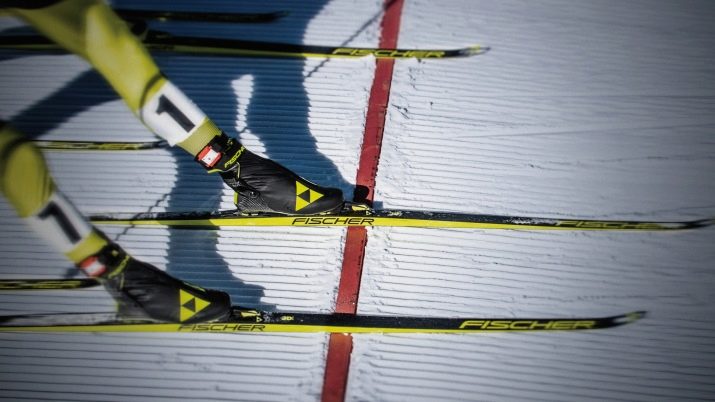All about Fischer skating
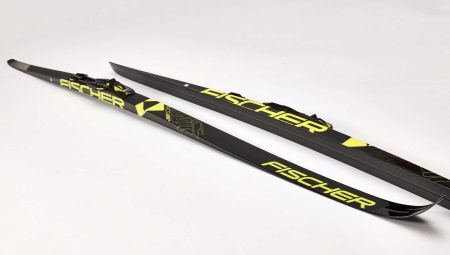
Even novice athletes need to know everything about Fischer skating. They should check out an overview of pro cross-country skis, their markings and stiffness levels. It is important to answer other questions as well - how to choose top skis, how to choose them by weight and height.
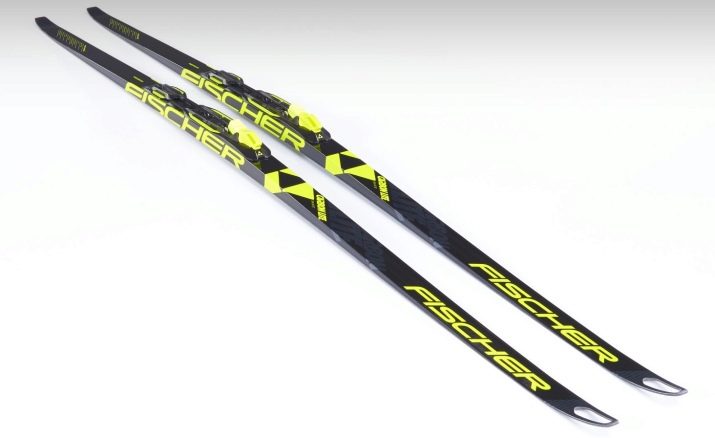
Advantages and disadvantages
Characterizing the skating products of this brand, it is worth emphasizing that they occupy one of the first places on the market. The most advanced technologies are used in their production. We are talking, for example, about the use of carbon fibers. It makes sports equipment lighter - but it becomes somewhat more expensive. Also worth noting:
- two-piece lightweight cores;
- special technologies that reduce weight and suppress vibrations;
- slip mitigation;
- improved ski control even in difficult travel conditions;
- high quality surface treatment.
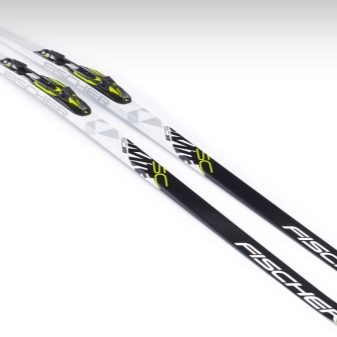
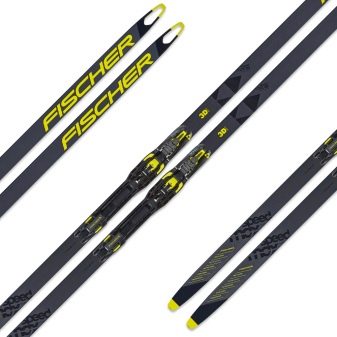
In a sense, only the relatively high cost can be considered a downside, which does not allow attributing such products to the budget segment. However, it is possible to achieve impressive practical qualities.
Characterizing Fischer skating skis, you also need to pay attention to the strengths and weaknesses of this type itself. It allows you to develop much higher speeds than classic equipment. Wherever there is a good track, the classic tracks do not last long.
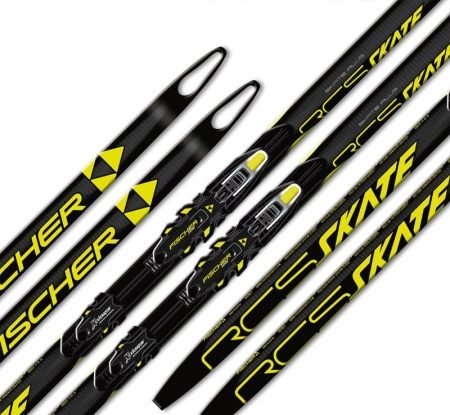
Skating skis do not need to be lubricated, wasting time and effort. They are even ahead of the classic knurled winter equipment. But to master the very art of moving through deep snow is most correct with the help of the "classics". Only later, having become skilled, it will be possible to calmly engage in skating trainings.
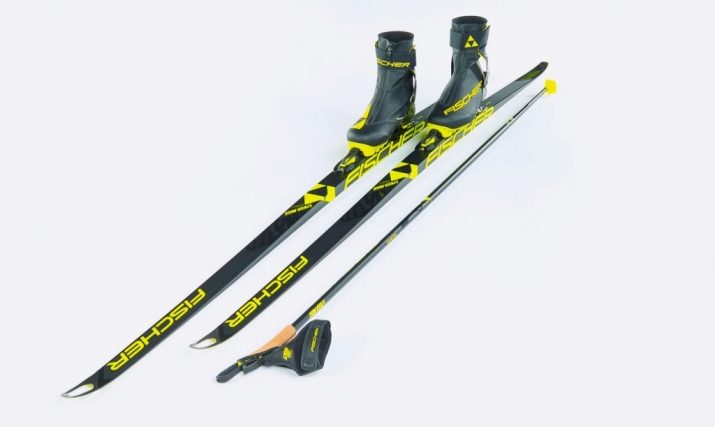
The lineup
To start a review of the Fischer skate models, it is worth starting with the version Ls Skate Ifp... These skis are designed for active hobbyists.They are designed for maximum versatility in a variety of weather conditions. A special lightweight core speaks in favor of the design. The length reaches 187 cm, and the weight is 1.42 kg.
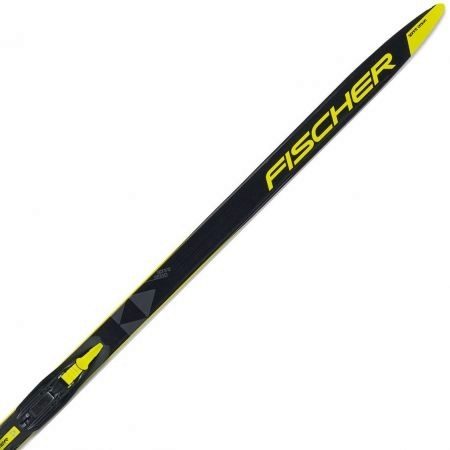
In the entry-level cross-country skiing segment, the Aerolite 60 Skate IFP. Such a model:
- has a specially designed swept profile;
- it is distinguished by reinforced edges and special durability;
- glides perfectly in any weather;
- made of wood and plastic;
- weighs 1.3 kg.
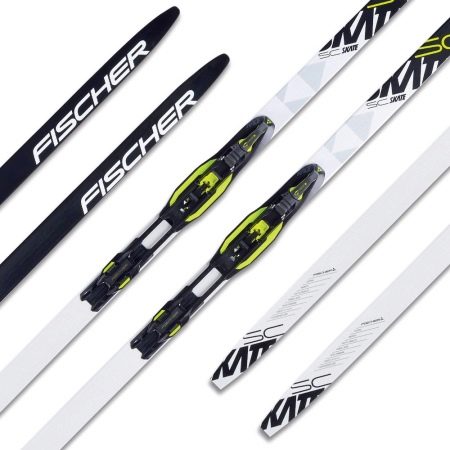
For a skier with a top level of skill, professional racing skis are more suitable. For example, Speedmax 3D SK Plus Stiff IFP. Their design has a side sliding part, which guarantees fast travel on the track. Even a plastic that is very hot during movement will not bake. Bolt fasteners must not be installed, only IFP format fasteners may be used.
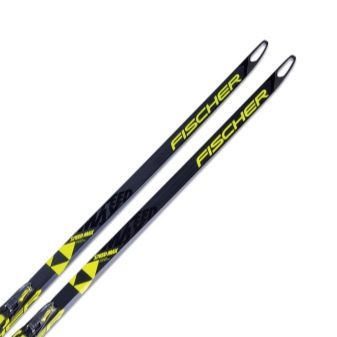
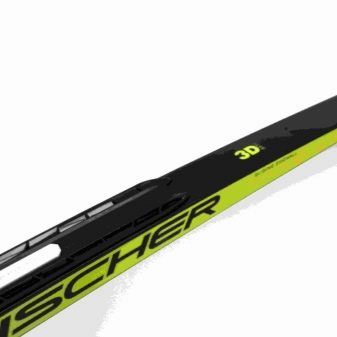
In terms of rigidity, it stands out Carbonlite SK (19) Cold Stiff IFP... Both high-class athletes and advanced amateurs can safely ride these skis. Thanks to the 115 scheme, handling on hard trails is maximized. The delivery set does not include any special mounts, there is only a pre-installed IFP platform. Geometry - 41-44-44 mm.
You should also look at junior skiing. RCR Skate JR IFP... They stand out for their attractive strength-to-performance ratio.
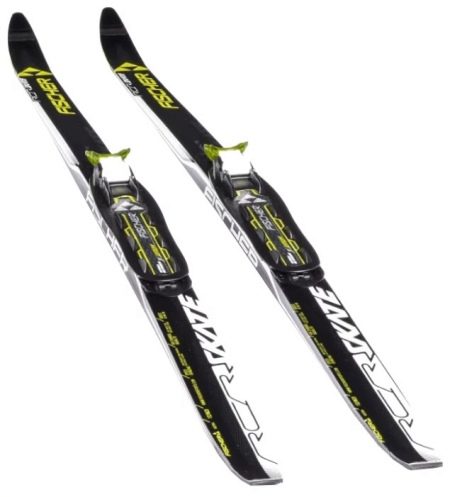
In addition to wood, the construction includes selected composites. Channels pierce the wooden core. Weight does not exceed 0.83 kg.
Marking
On Fischer skis, special inscriptions and designations are applied, which can tell a lot to knowledgeable people. Having mastered the art of deciphering such designations, it is easy to avoid being deceived by unscrupulous sellers. Numerical designation starts with the ski length in centimeters. Further after the line are:
- two digits showing the year of manufacture;
- a number indicating the level of hardness (4 - soft, 5 - medium, 6 - hard);
- a pair of numbers - the week that has passed since the beginning of the year at the time of issue;
- 5 digits of the serial number;
- 3 digits with a stiffness index.

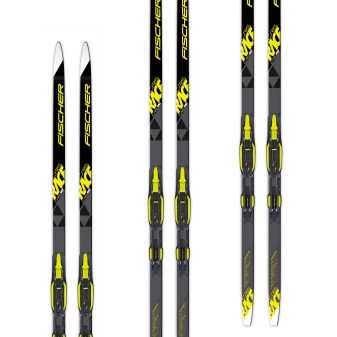
Since 2016, the stiffness index has been excluded. The toe of the ski on the sliding side is marked with information about the base and general design. If it says A5, then this means a standard base for temperatures from -5 and below. Sign 28 speaks of the calculation for a temperature not lower than -10 degrees.
Graphite content can vary greatly by type:
- Speedmax 10%;
- Protec 7.5%;
- Worldcup Pro 7.5%;
- Worldcup A5 4.5%;
- Sintec 3.5%.
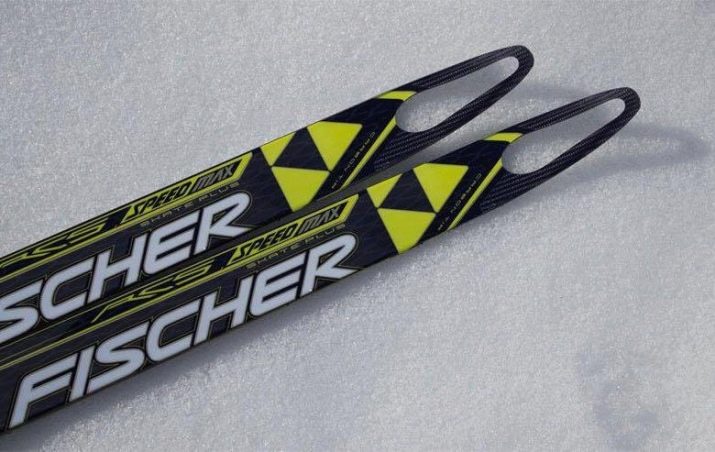
Option 115 (aka 15/11) is suitable for a heavily icy track. The anchor points are close to the toes and heels. This design partly forgives the shortcomings of technology, but it can easily burrow into loose snow. Version 610, aka 61Q, 1Q is designed for well-prepared soft tracks.
The sticking problem is eliminated by default, but the skis will prowl on the ice for any technical flaws.
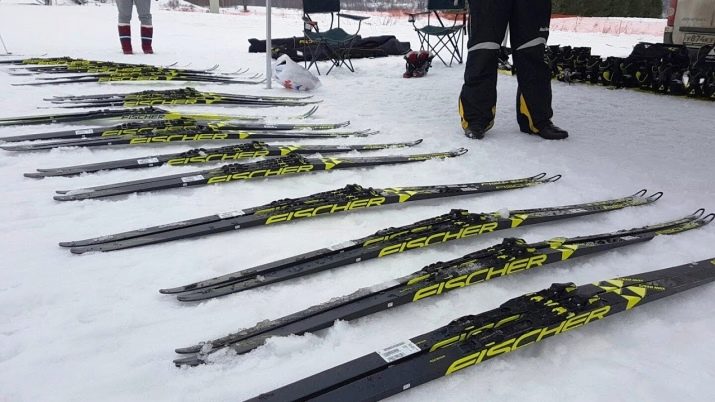
How to choose according to weight and height?
It is not enough to choose skis of the racing or recreational category. It is necessary to pay attention to the personal characteristics of athletes (riders). It is most correct to contact specialized stores and make a choice there personally, using the recommendations of consultants. This is especially important if there are deviations from typical anatomical proportions.
Skating skis must be 100-150 mm longer than the skier's figure (full height). But if there is a selection of walking equipment, it should be 150-250 mm longer.
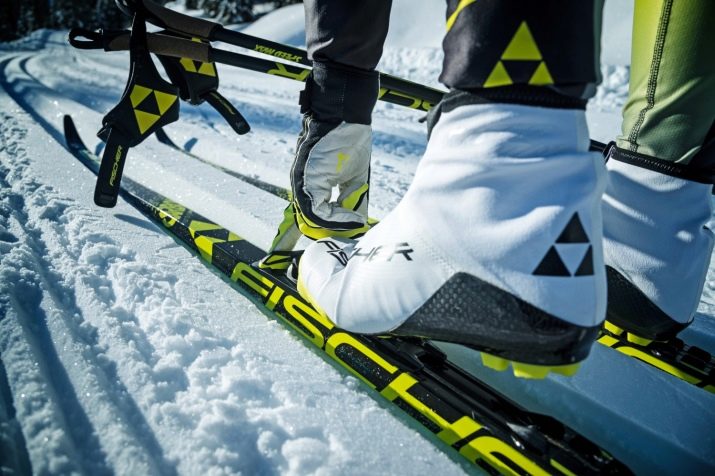
Important: the higher the skill level of the skiers, the longer the length can be chosen. But at an early stage, on the contrary, shortened skis are needed.
It is possible to be guided by the correspondence tables given in different places only with reservations. Stiffness by weight is selected using a flex tester, and therefore rather heavy people need to go where it definitely is.
